Peter Lynch - invest in what you understand and don't overpay!
Peter Lynch he is considered one of the best managers ever. During the management of the fund, Magellan achieved over 13 years the average annual rate of return significantly exceeding 20%. Not many investors can boast of such a result over such a long time. In the article we will present the history of this amazing investor. We invite you to read!
Be sure to read: John Maynard Keynes - one of the richest economists in history
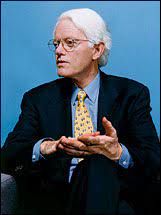
Peter Lynch, Source: money.cnn
Peter Lynch was born on January 19, 1944 in Newton, Massachusetts. A family tragedy struck him in his youth. When he was 10, his father died of cancer. This caused the family financial problems. His mother had to go to work, and young Peter earned extra money as a "caddy" (golf club bearer). There he met people professionally involved in investing in the stock market. This made him interested in the stock market. While he was at Boston College, he invested his savings in 100 Flying Tiger Airlines shares. He paid several hundred dollars for them (paying $ 8 per share). After some time, the stock rose by 1000%, which allowed Peter to cover some of the cost of his education. In 1965 he graduated from Boston College, where he studied history, psychology and philosophy. In 1968, he obtained an MBA (Master of Business Administration) from the Wharton School of the University of Pennsylvania.
Investment career
In 1966, he joined the Fidelity Investment fund, where he was employed as an intern. His previous acquaintance with the president of Fidelity (DG Sullivan) helped him in his employment. They met at Brae Burn Country Club in Newton, where Peter was employed as a pole bearer. His tasks included analytical coverage of companies operating in the paper, chemical and publishing sectors. In the years 1967-1969 he served in the United States Army. Upon its completion, he returned to Fidelity. He analyzed companies from the textile, metallurgical, mining and chemical sectors. His high analytical skills were appreciated by the employer. In the years 1974-1977 he was the research director at Fidelity.

Fidelity Investments. Source: kiplinger.com
A breakthrough in his career was his taking up the managing position at Fidelity Magellan Fund. Magellan was founded in 1963 and until 1977 was a small fund with just $ 20 million in assets under management. For Peter Lynch it was a promotion because his superiors wanted to see how he would handle "in battle". Peter was given the freedom to build an investment strategy (of course she had to comply with SEC regulations).
While serving as a manager, he was of the opinion that good investment ideas do not have to come from reading analytical reports or quarterly results. The personal experiences of the clients with the service were very important to him. Many of his good investments resulted from his wife, who was able to spot buying trends much earlier than analysts when shopping. Peter called it the phenomenon "Street lag".
In his managerial career, he has often worked "against the flow" of general trends. An example would be the approach to diversification. When he took over the management of the Magellam fund, he had around 60 companies in his portfolio. He was advised to reduce the number of companies to 25-30. This was intended to increase the concentration of the portfolio and at the same time take advantage of the advantages of diversification. Peter was of a different opinion. He liked to buy hundreds of companies that often operated in the same market (e.g. numerous convenience stores or savings and loan cooperatives). Just before Peter Lynch's departure from Fidelity, Magellan had 1400 companies in its portfolio. However, Magellan's portfolio did not include random companies. Peter was a supporter of the GARP approach ("Growth at a reasonable price"), that is, it bought scale-up companies that were priced at a reasonable level. He liked companies that were characterized by sustainable development. He also popularized the use of the PEG indicator. This ratio was the result of dividing the P / E (price / earnings) by the growth rate of earnings per share. The cut-off was 1. If a company had a PEG below 1, that meant it was priced "cheaply". For example, if earnings per share grows by 30% per year and the price to earnings (PE) is 20, the PEG would be 0,66 (20/30). Lynch's best investments include companies such as Ford, General Electric, Volvo, Philip Morris and Lowe's.
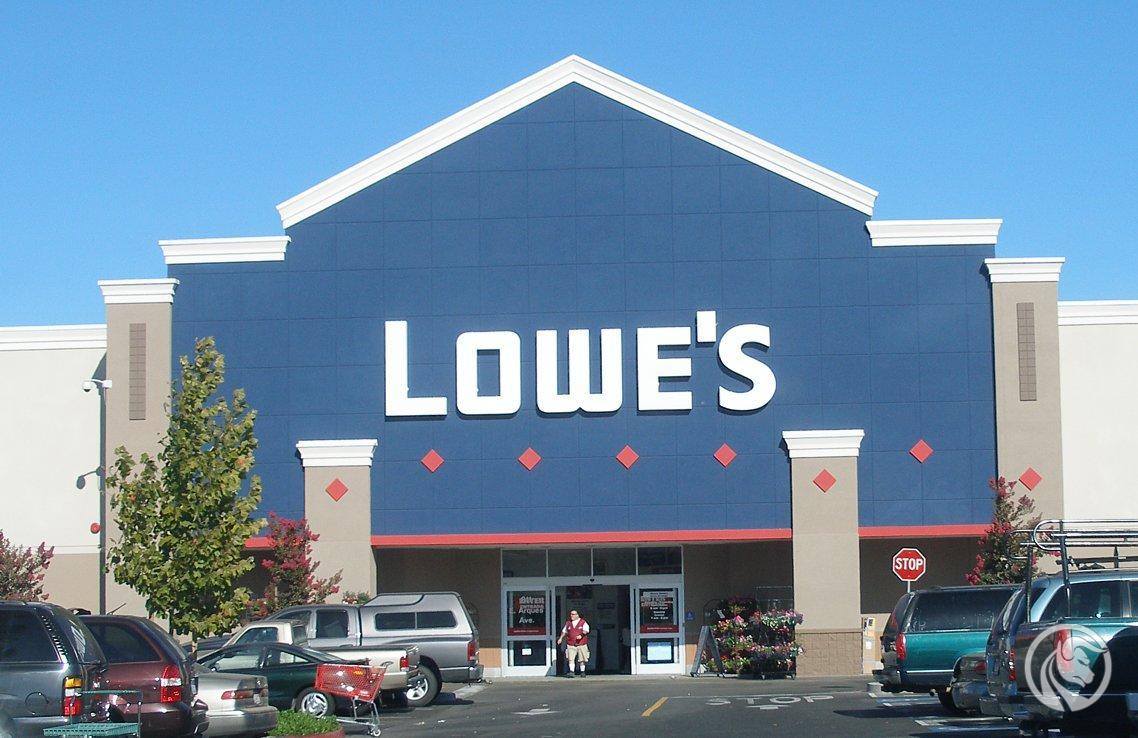
Lowe's Store. Source: wikipedia.org
The performance of the Magellan fund under Peter Lynch's management was stunning. In the years 1977–1990, the average annual rate of return on the fund's portfolio was 29% per annum. This meant that Magellan achieved much better results than the stock indices and market competition. The assets under management also increased as a result of the fund's excellent performance. Over the 13 years they have grown from $ 20 million to $ 14 billion.
Peter Lynch retired at the age of 46, remaining "Senior Adviser" at Fidelity. In 2006, his net worth was estimated at $ 352 million.
Writing career and investment philosophy
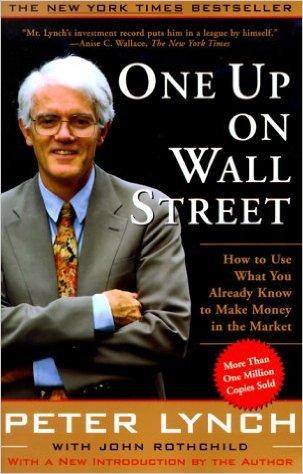
Peter Lynch - One Up on Wall Street. Source: maklerska.pl
Peter Lynch is known to many people mainly for his books on investing. These are: One Up on Wall Street, Beating the Street and Learn to Earn. In addition to the books, Lynch wrote a series of articles for Worth magazine that often complemented the concepts contained in the books.
One of the main concepts in the books was to popularize "investing in what you know". He was of the opinion that an individual investor could be as good at selecting companies as a professional. However, it is worthwhile for the investor to focus on selecting companies from the industry he knows. He cited his investment in Dunkin 'Donuts as an example. Peter Lynch did not choose the company based on a complicated valuation model, analysis of analytical reports, but his own positive experience in the cafe. He was satisfied with the quality of the coffee and he was interested in the popularity of Dunkin, which resulted in long queues. This encouraged him to analyze further and ultimately contributed to the purchase of this company by the Magellan fund.
His investment philosophy is a specific combination "Investing in growth"z "investing in value ". It is this connection that is behind the GARP strategy. Peter Lynch also popularized the return in the financial world "That bagger". This meant a company that has grown by 1000% since the company was purchased. "That bagger'em" most often it is a growth company that can very easily replicate and scale its business.
His advice is also not to worry about possible corrections. In an interview with Fidelity, he recalled:
“…. over the 13 years I have managed Magellan, the market fell 9 times by over 10%. Each time this happened, the Magellan fund fell more [than the market] (...). The stock market will be the best place [to invest] for the next 10, 30, 100 years. But if you need the money in a year or two, you shouldn't buy stock. "
He also believes that investing in stocks is not buying a lottery ticket. Behind each ticker there is a specific company that can be a good investment or a bad one. To discover this, you need to analyze the company. Peter Lynch also believes that the most common mistake of an individual investor is his laziness. Many of them can spend hours searching the Internet for a cheaper airline ticket or refrigerator to save 100 or 200 dollars. At the same time, they are able to invest $ 5 or $ 000 on the basis of rumors or market mania.
Philanthropy
Peter Lynch has made a lot of money thanks to his phenomenal investment results. But instead of spending all her money on an extravagant life, she goes to charity. The Lynch family donates money through their foundation, other foundations and the Fidelity Charitable Gift Fund. In 1999, he donated $ 10 million to his alma mater (Boston Collage). In return, Boston College named one of the schools Lynch School of Education and Human Development. The Lynch Foundation is dedicated to supporting education, religious, cultural and historical organizations. It also supports hospitals and co-finances medical research.






















![Forex Club – Tax 9 – Settle tax on a foreign broker [Download the Application] Forex Club - Tax 9](https://forexclub.pl/wp-content/uploads/2024/02/Forex-Club-Podatek-9-184x120.jpg?v=1709046278)
![Trading View platform – solutions tailored to the needs of traders [Review] trading view review](https://forexclub.pl/wp-content/uploads/2024/03/trading-view-recenzja-184x120.jpg?v=1709558918)
![How to connect your FP Markets account to the Trading View platform [Guide] fp markets trading view](https://forexclub.pl/wp-content/uploads/2024/02/fp-markets-trading-view-184x120.jpg?v=1708677291)
![How to invest in ChatGPT and AI? Stocks and ETFs [Guide] how to invest in chatgpt and artificial intelligence](https://forexclub.pl/wp-content/uploads/2023/02/jak-inwestowac-w-chatgpt-i-sztuczna-inteligencje-184x120.jpg?v=1676364263)


![WeWork – the anatomy of the collapse of a company valued at $47 billion [WeWork, part II] wework bankruptcy story](https://forexclub.pl/wp-content/uploads/2024/04/wework-bankructwo-historia-184x120.jpg?v=1711729561)
![Adam Neumann – the man who screwed up Softbank [WeWork, part AND] adam neumann wework](https://forexclub.pl/wp-content/uploads/2024/04/adam-neumann-wework-184x120.jpg?v=1711728724)





![How to transfer shares to another brokerage office [Procedure description] how to transfer shares to another brokerage house](https://forexclub.pl/wp-content/uploads/2024/03/jak-przeniesc-akcje-do-innego-biura-maklerskiego-184x120.jpg?v=1709556924)

![The most common mistakes of a beginner trader - Mr Yogi [VIDEO] Scalping - The most common mistakes of a beginner trader - VIDEO](https://forexclub.pl/wp-content/uploads/2024/03/Scalping-Najczestsze-bledy-poczatkujacego-tradera-VIDEO-184x120.jpg?v=1711601376)
![Learning patience: No position is also a position - Mr Yogi [VIDEO] Scalping - Learning patience - No position is also a position - VIDEO](https://forexclub.pl/wp-content/uploads/2024/03/Scalping-Nauka-cierpliwosci-Brak-pozycji-to-tez-pozycja-VIDEO-184x120.jpg?v=1710999249)
![When to exit a position and how to minimize losses - Mr Yogi [VIDEO] Scalping - When to exit a position and how to minimize losses - VIDEO](https://forexclub.pl/wp-content/uploads/2024/03/Scalping-Kiedy-wyjsc-z-pozycji-i-jak-minimalizowac-straty-VIDEO-184x120.jpg?v=1710336731)


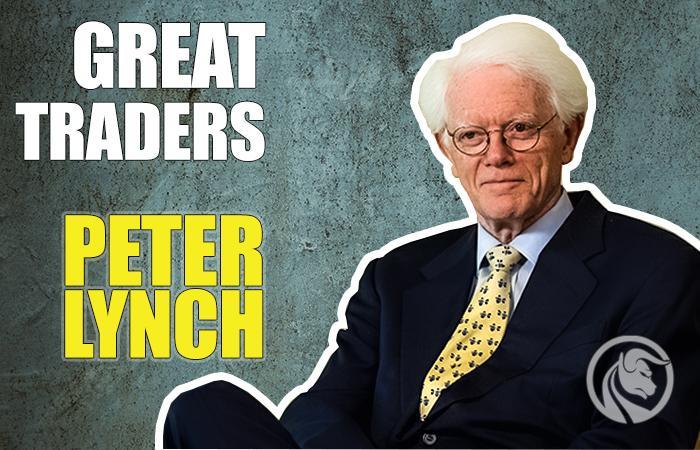
![Trading View platform – solutions tailored to the needs of traders [Review] trading view review](https://forexclub.pl/wp-content/uploads/2024/03/trading-view-recenzja-300x200.jpg?v=1709558918)
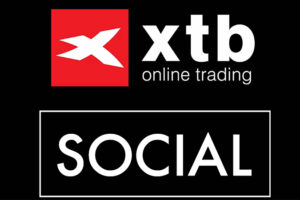
![The most common mistakes of a beginner trader - Mr Yogi [VIDEO] Scalping - The most common mistakes of a beginner trader - VIDEO](https://forexclub.pl/wp-content/uploads/2024/03/Scalping-Najczestsze-bledy-poczatkujacego-tradera-VIDEO-300x200.jpg?v=1711601376)












Leave a Response